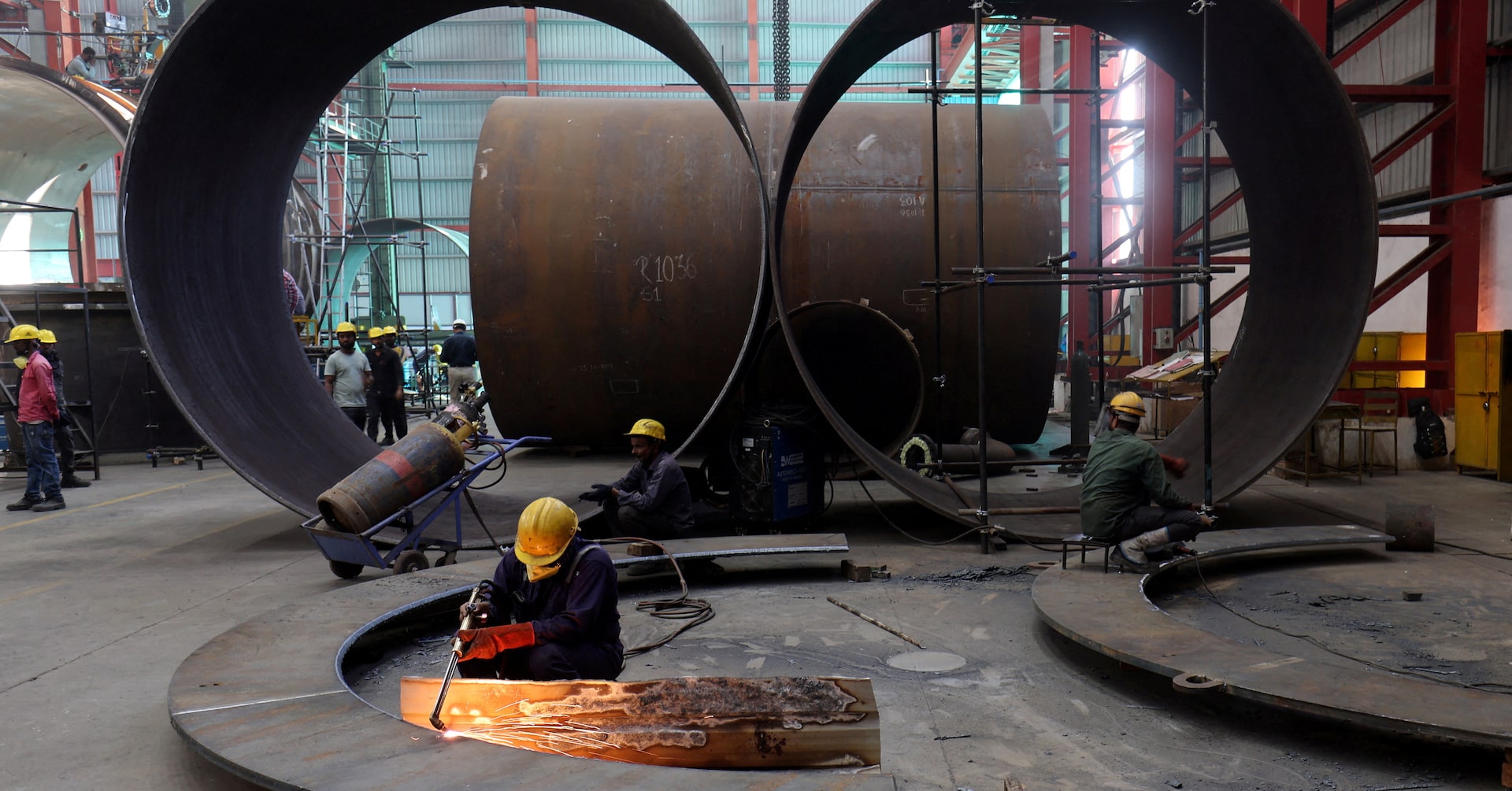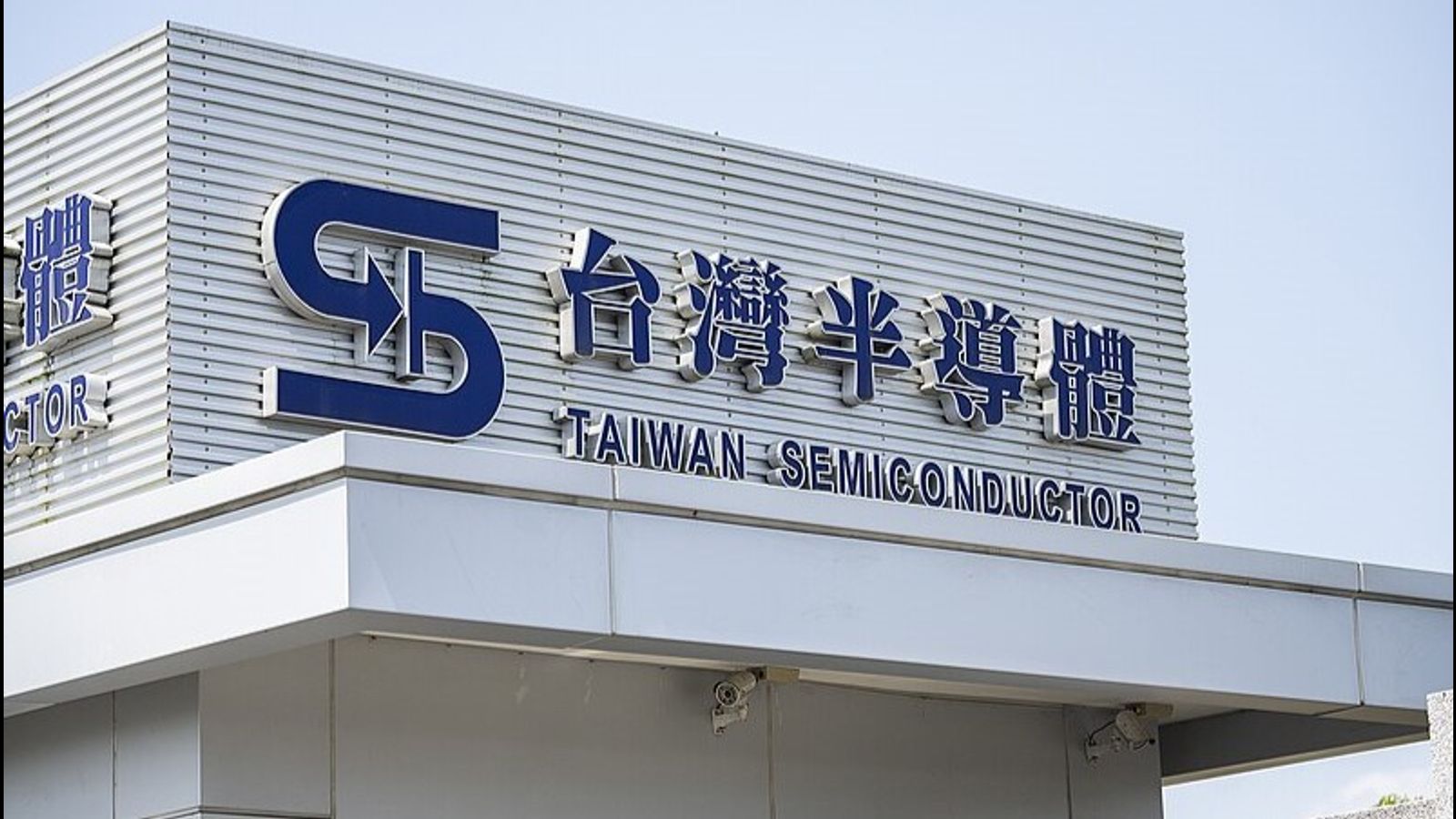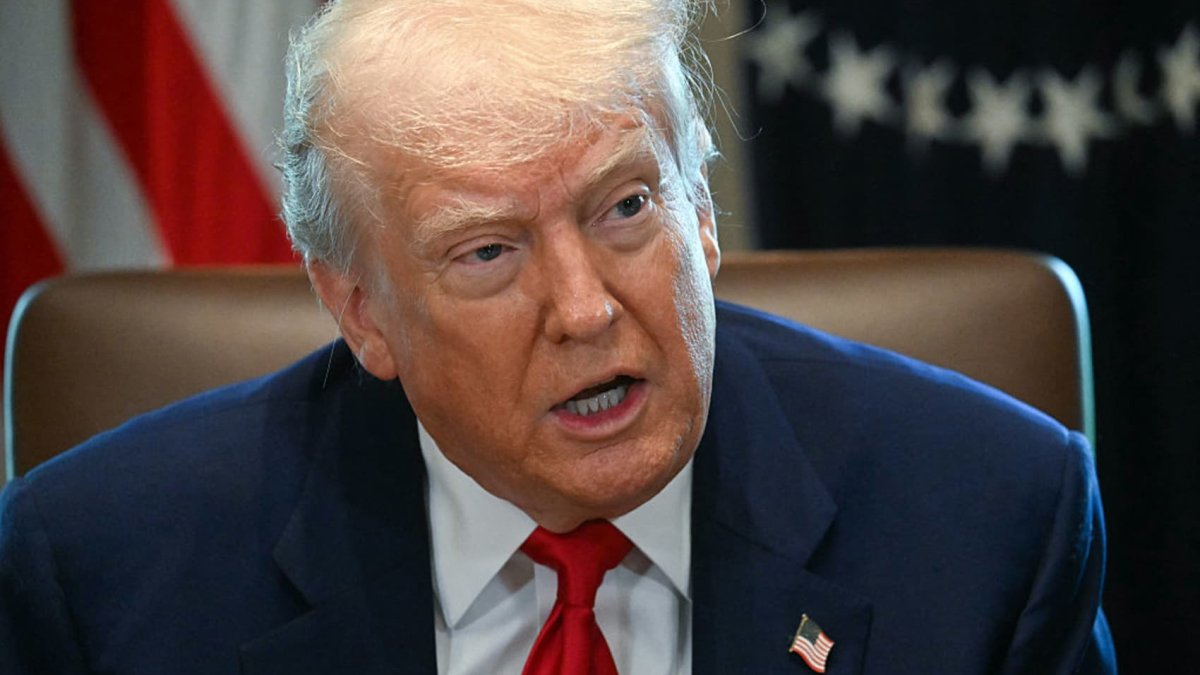India's Ambitious Manufacturing Gambit Falters: $23 Billion Plan Fails to Challenge China's Industrial Dominance
Manufacturing
2025-03-21 04:30:00Content

In a surprising policy shift, the Indian government led by Prime Minister Narendra Modi has decided to discontinue a massive $23 billion manufacturing incentive program, effectively shelving an ambitious initiative designed to attract global companies away from China just four years after its launch.
Multiple government officials, speaking on condition of anonymity, revealed that the program, which was initially touted as a game-changing strategy to boost domestic manufacturing, will be allowed to expire without renewal. This decision marks a significant retreat from the government's earlier aggressive push to position India as an alternative production hub to China.
The program, which promised substantial financial incentives to manufacturers willing to establish or expand production facilities in India, was part of the Modi administration's broader "Make in India" vision. However, the initiative appears to have fallen short of its transformative goals, prompting a strategic recalibration of industrial policy.
While the exact reasons for the program's discontinuation remain unclear, sources suggest that underwhelming participation, complex implementation challenges, and shifting economic priorities may have contributed to the government's decision to let the incentive scheme lapse.
India's Manufacturing Pivot: A Strategic Retreat from Ambitious Economic Transformation
In the complex landscape of global economic policy, India's recent decision to discontinue a massive $23 billion manufacturing incentive program signals a profound shift in its industrial strategy, revealing the intricate challenges of national economic redesign and global competitiveness.Navigating Economic Crossroads: When Ambitious Plans Meet Pragmatic Realities
The Rise and Recalibration of India's Manufacturing Ambitions
The Indian government's bold initiative to attract manufacturing investments away from China represented a transformative economic vision. Initially conceived as a comprehensive strategy to reposition India as a global manufacturing powerhouse, the program sought to create an attractive ecosystem for domestic and international corporations. By offering substantial financial incentives, tax breaks, and infrastructural support, policymakers aimed to disrupt established global supply chain dynamics and create a robust indigenous manufacturing sector. However, the program's premature termination reveals the nuanced complexities of industrial policy. Despite substantial investments and strategic planning, the initiative encountered significant implementation challenges, ranging from bureaucratic inefficiencies to structural economic constraints that hindered its comprehensive execution.Economic Implications and Global Manufacturing Landscape
The discontinuation of this ambitious program sends rippling signals across international economic corridors. It underscores the volatile nature of industrial policy and the immense challenges nations face when attempting to rapidly restructure their economic foundations. Multinational corporations and global investors will likely interpret this development as a moment of strategic recalibration, potentially reassessing their long-term investment strategies in the Indian market. Economists and policy analysts are now closely examining the underlying factors that precipitated this strategic retreat. The program's failure highlights the intricate balance required between governmental intervention and market-driven economic evolution. It demonstrates that even well-intentioned, generously funded initiatives can falter when confronted with complex real-world economic dynamics.Technological and Infrastructural Considerations
Beyond financial incentives, the program's limitations exposed deeper structural challenges within India's manufacturing ecosystem. Technological infrastructure, skilled workforce development, and streamlined regulatory frameworks emerged as critical bottlenecks that traditional monetary approaches could not immediately resolve. The Indian government's decision reflects a pragmatic acknowledgment that sustainable industrial transformation requires more than financial inducements. It necessitates a holistic approach encompassing education, skill development, technological innovation, and adaptive regulatory mechanisms.Future Outlook and Strategic Recalibration
While the program's discontinuation might appear as a setback, it potentially represents a strategic pause and reassessment. Policymakers are likely developing more nuanced, targeted approaches that address the specific structural impediments constraining India's manufacturing potential. The global economic landscape continues to evolve rapidly, with geopolitical tensions, technological disruptions, and shifting supply chain dynamics creating unprecedented challenges and opportunities. India's current strategic repositioning suggests a commitment to adaptive, responsive economic policymaking that can navigate these complex terrains. As international observers and economic strategists analyze this development, one thing becomes clear: the journey of economic transformation is rarely linear, and success demands continuous learning, flexibility, and a willingness to recalibrate ambitious visions in response to ground-level realities.RELATED NEWS
Manufacturing

Tech Titan Lands: TSMC's Massive $100B Bet on American Soil Backed by Trump
2025-03-09 18:14:00
Manufacturing

Trade Walls Rising: How Texas Manufacturers Could Turn Tariffs into Unexpected Gold
2025-04-25 11:00:01
Manufacturing

Clean Energy Dreams on Hold: US Manufacturing Boom Faces Sudden Halt
2025-04-28 11:12:30




